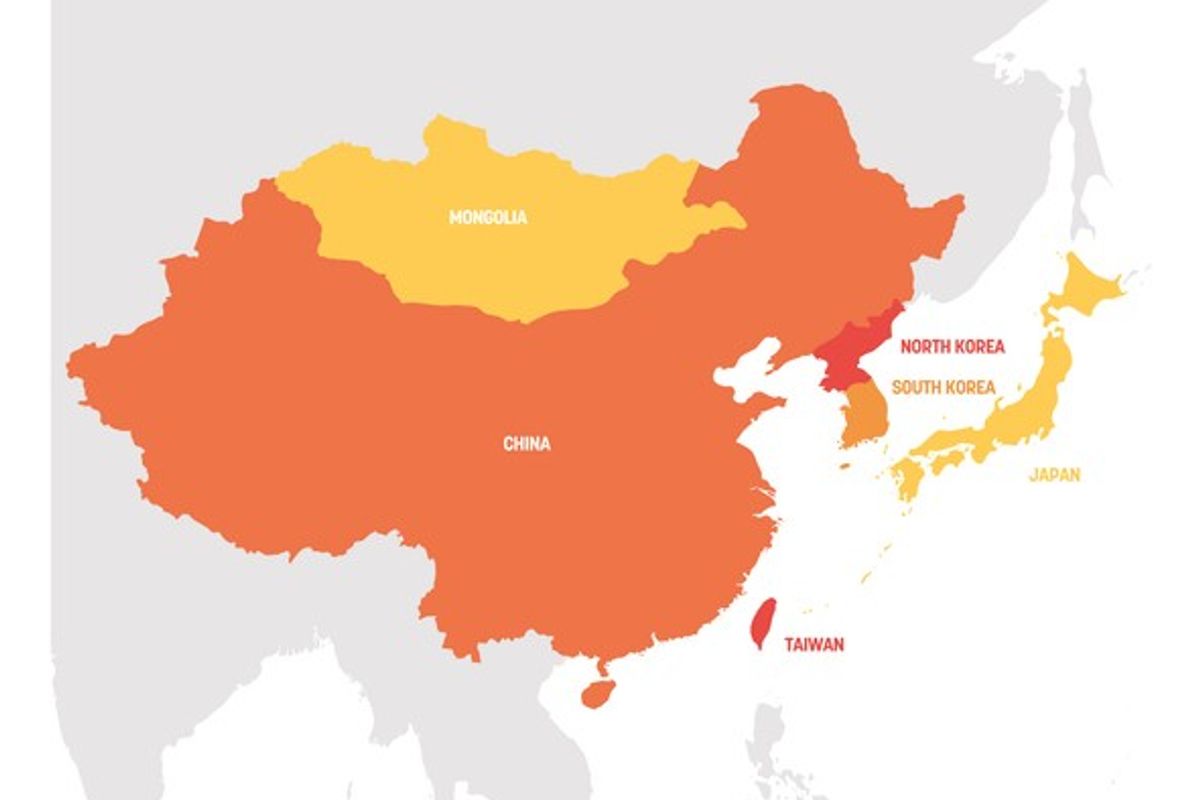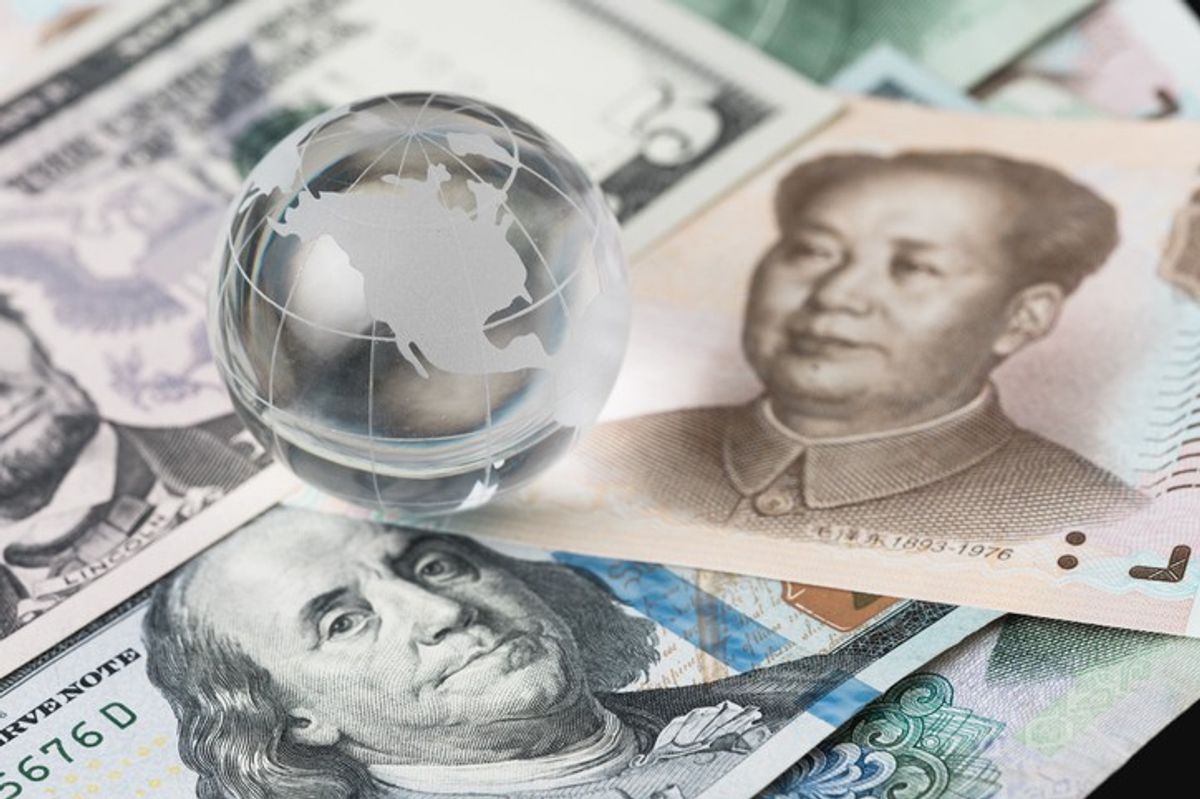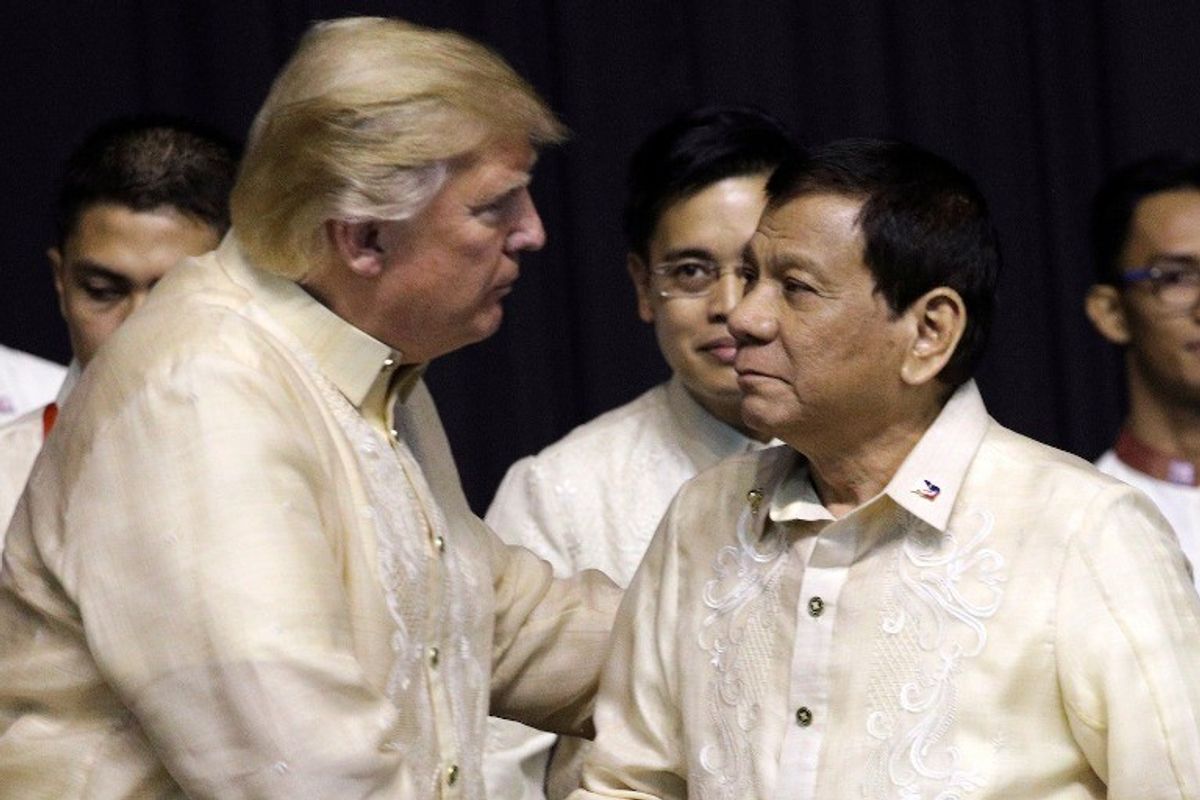In April this year, eight former U.S. Defense Secretaries jointly signed a letter to Congress. That letter did not ask for a change in military spending or comment on a new weapons system, but instead, it urged Congress to consider a matter of trade. In particular, the signatories focused on one trade deal, which they claimed would either “link the United States with one of the world’s most vibrant and dynamic regions” or, if left unratified, leave Asian economies to “develop along a China-centric model.”
This deal, the Trans-Pacific Partnership (TPP), is one of the largest free trade agreements ever conceived. Its finalization in New Zealand on February 4th, promised to reduce trade barriers between 12 Pacific nations, which collectively represent 40 percent of the world economy. However, the deal’s provisions must be ratified by each country, and in an era where the unequal distribution of globalization’s wealth has undermined public trust in the spirit of trade liberalization, the prospects for U.S. ratification look dim.
Much will depend on the coming presidential election in November, but if the United States does fail to implement the TPP, what opportunity will have been lost? Could a failure to ratify the world’s largest trade deal affect not only the U.S. economy, but its security as well?
Key to answering this question is understanding how different the TPP is from other major trade agreements. In part, TPP is unique in its sheer scale. Lowering tariffs and trade barriers in nearly half of the global economy could, according to the World Bank, raise GDP in TPP member countries by an average of 1.1 percent and increase trade 11 percent by 2030.
However, it is the provisions of the agreement which truly set it apart. These include: progressive treatment of e-commerce and data flows, which prohibit members from requiring data centers to be located within their countries; standardized intellectual property (IP) rules; improved transparency and fairness requirements for state-owned enterprises; and beefed up dispute settlement arrangements for labor and environmental regulations.
Finally, the TPP is designed to be an “open agreement,” providing clear channels for accession to the deal for countries that wish to join in the future. According to Senior Fellow at the Peterson Institute for International Economics (PIIE) and Cipher Brief expert, Gary Hufbauer, these provisions together “are enough on the frontier that, if enacted, it’s the new template for world trade. Simple as that.”
This role as a “new template” feeds into the geostrategic aspect and national security relevance of the TPP. Given its size, innovation, and inclusiveness, the deal’s U.S. proponents argue that it will serve a triple function for American foreign policy. First, the large proportion of world trade that the agreement represents will naturally pull other major economies into the deal. Second, the TPP’s unique provisions will allow this American-led organization to set the new rules of the road for international trade. And finally, China’s current exclusion from the deal will force it to either enter and accept those rules or face the diversion of its trade to TPP-member countries.
As Daniel Ikenson, Director of the Cato Institute’s Center for Trade Policy Studies and Cipher Brief expert, observes, “There could hardly be a better implement in the U.S. geo-economic policy toolbox than the TPP for projecting U.S. values, securing U.S. interests, and compelling China and others to play by the rules that will govern international commerce in the 21st century.”
However, not everyone is convinced. Some of this resistance is political. In order for the TPP to be ratified in the United States, Congress must approve implementing legislation, which they will have 90 days to approve once it is submitted by the President. That legislation is still being drafted and many members of Congress, who may broadly support the deal, are nevertheless pushing for further concessions in areas like biogenics and Pharmaceutical IP, liberalized financial flows (which are currently exempt from the e-commerce clause), and tobacco’s inclusion in the deal’s Investor-State Dispute Settlement mechanism. Other legislators are simply loathe to give the President a final political victory before he leaves office.
Yet, for many, it is the entire premise of the deal that is flawed. Economically, they argue that the gains from TPP are exaggerated. Global average tariff barriers are already fairly low and the U.S. International Trade Commission’s prediction that the deal will decrease the trade deficit and lead to a 0.23 percent ($57.3 billion) increase by 2032 is, according to President of the Economic Strategy Institute and Cipher Brief expert, Clyde Prestowitz, “little more than a rounding error for that kind of a forecast.” Instead, they argue, the TPP opens up the American economy to unfair competition from the TPP member countries without providing for adequate protection in areas like currency manipulation, adequate labor and environmental regulations, and anti-trust law.
Furthermore, critics contend that the security advantages of TPP are blown far out of proportion. For them, the idea that a failure to ratify the trade agreement would push military allies whom the U.S. has subsidized for decades into China’s orbit is ludicrous. Furthermore, the TPP’s clear exclusion of China could actually threaten regional security by needlessly fueling competition with the country. At the end of the day, argues Prestowitz, “as something to increase U.S. national security, the TPP is an empty vessel.”
In any event, the chances that Washington will ratify TPP in the near future seem thin. The tone of the U.S. presidential campaign has been overwhelmingly anti-trade. Presumptive Republican candidate Donald Trump outright opposes TPP, calling the deal “insanity.” And even the most pro-trade candidate in the field, former Secretary of State and presumptive Democratic nominee Hillary Clinton, who previously supported the deal, has said “I don’t believe it’s [the TPP] going to meet the high bar I’ve set.”
Perhaps the most likely scenario for ratification lies in the lame duck session of Congress between presidents during which, if Clinton is elected and agreeable legislation has been drafted, TPP implementation may slide through. However, much can happen between now and November 4th. Until then, the mammoth deal, which Ikenson calls an “inflection point in the history of globalization” that could determine the arc of American trade in the coming years, will lie in limbo, its fate uncertain and strategic value unrealized.
Fritz Lodge is an international producer at The Cipher Brief.











